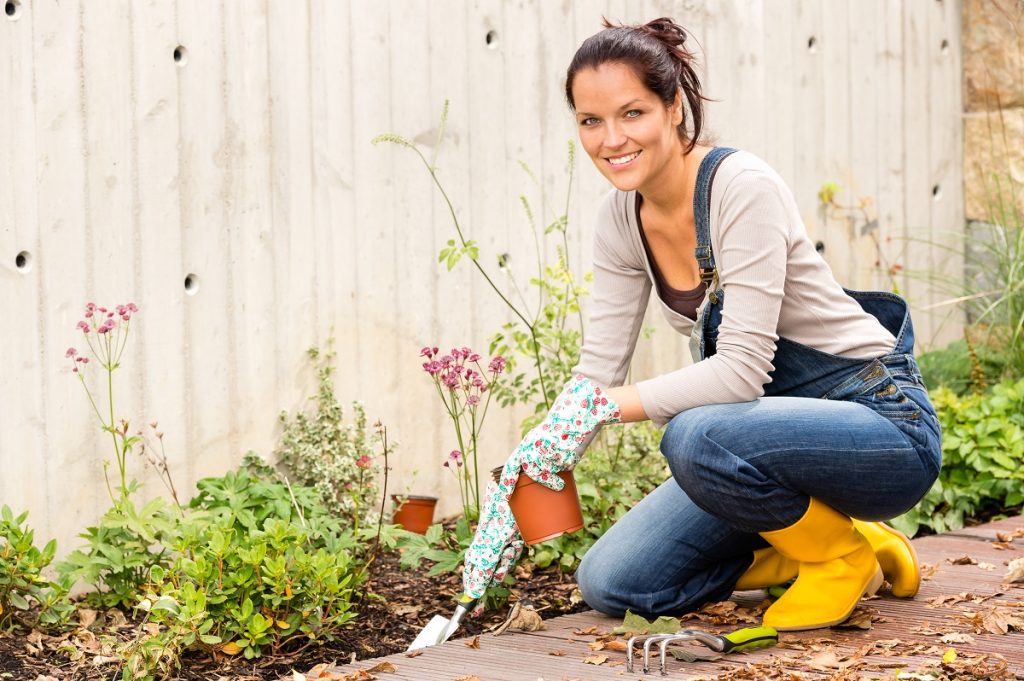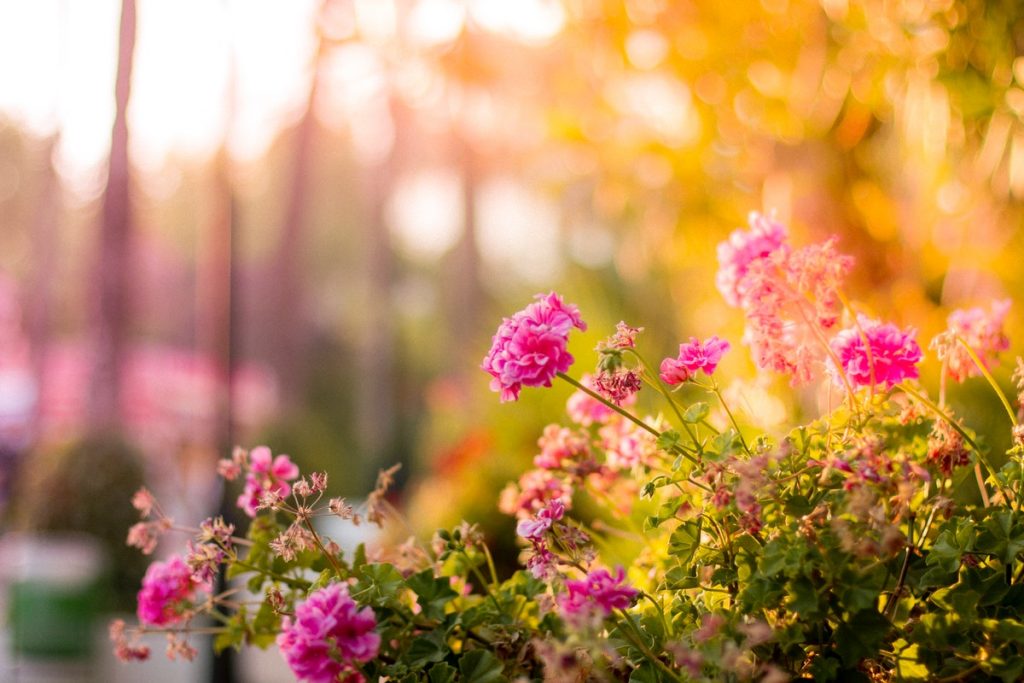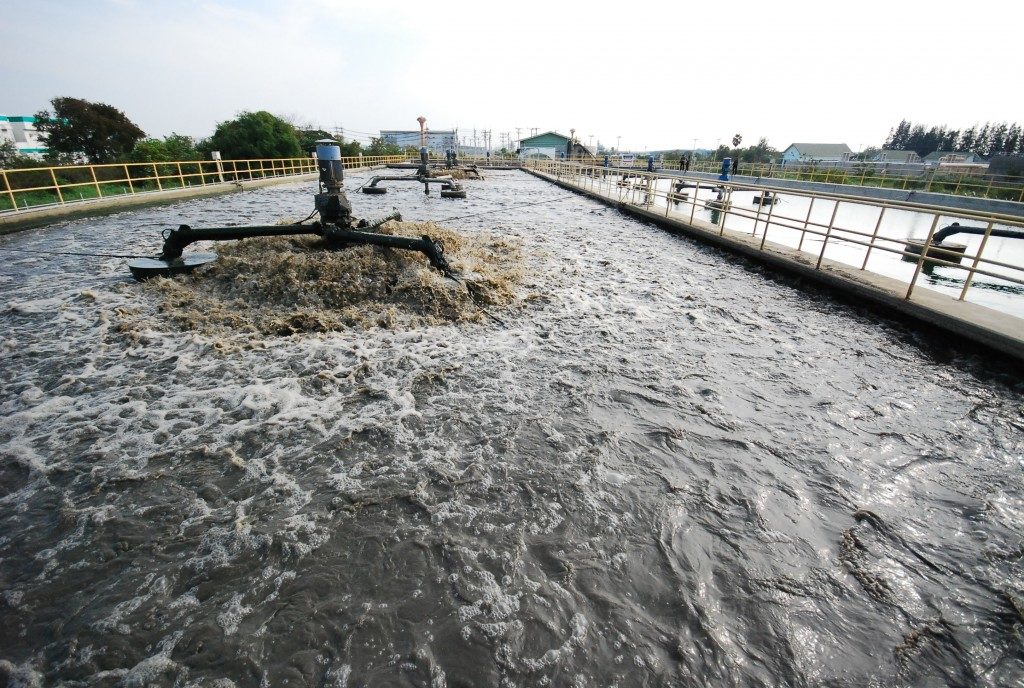Gardening has been a staple activity in every household. That’s because of the many things that we can get from it. Whether you want your place to look prettier or you’re just looking for something to pass the time, gardening is a great hobby to involve yourself in. To get you started, let this article help you out.
The Benefits of Gardening
We already know that gardening provides us with a sustainable mode of living because of the vegetables and fruits we can get from it. However, is there more to it than just food? Here is a quick list of the best benefits you can get from gardening:
Increased Home Value
If you plan on selling your home anytime soon because you want to purchase a house and lot in another place, you might be interested to know that having a garden can significantly increase your home’s overall market value. Depending on how detailed your garden is, landscaping projects done to your home can boost its value by up to 77%.
Improved Mental Health
Have you ever noticed how older people always seem to love gardening? That’s because as we get old, we tend to experience loneliness and other negative emotions, and gardening helps combat this. That doesn’t mean that you have to wait until you’re older before you enjoy this benefit. You can try gardening as early as today to help you destress, relax, and generally improve your mental health.
Exercise
You may not notice it because of its low-impact nature, but gardening for at least 30 minutes is equivalent to a full workout. Gardening tasks involve walking around and occasionally lifting heavy equipment. That’s more than enough exercise for a single day to promote better sleep and physical strength.
Planning Your Landscape
The beauty of a garden starts with how you plan it to look. Yes, you can go to your local flower shop and buy several plants, then place them anywhere you feel like it. However, what if the overall charisma of your setup doesn’t suit the space of your garden? This is why you need to plan your landscape before getting the plants to save you money and time. Here are a few steps you can follow in planning your landscape.
Step 1 – Set Your Goals
The first step is having to decide on the ambiance of your garden. You need to figure out how you want your garden to look like, the colors, flowers, and plants you want it to have. But you shouldn’t forget about its functionality, too. If your place is big enough for activities like eating, playing, or walking around, you might want to consider those as well.
Step 2 – Draw Your Terrain
After you’ve figured out how you want it to look, the next thing to do is draw your landscape. Yes, you need to come up with a map of your landscape. This is where all your planning will be done, so this is quite important. Make a sketch of your place, and the more accurate you are, the better. You might want to make a few photocopies of it so you could come up with several diagrams.
Step 3 – Make Observations

Maximize your sketch’s potential by making observations and putting all the factors that may affect your garden. Figure out which spots are exposed to the sun, which aren’t, the direction of the wind, and even specific views you want to block or highlight. These are all necessary for making sure that your plants grow healthy and you get the full experience of your personal paradise.
Step 4 – Bubble Diagrams
This is where it starts to get more exciting than it already is – you get to release your creative juices. However, do not go into concrete, definite plans just yet. Start with making bubble diagrams on your sketch of where you could place certain elements. A pond, a water container, a compost bin—all of these could affect the overall look of your garden. Starting with bubble diagrams allows you to make minor to major changes if you deem it necessary.
Step 5 – Unleash Your Creativity
Now it’s time to get specific. It’s time to turn your bubble diagrams into a more detailed plan. Start with sketching the specific plants and flowers you want in your garden and where you want them placed. Make sure to draw them according to their full-grown size to give them the room they need to grow naturally. This could be the final layout of your garden, so make sure you consider the terrain and your observations. You could also use the other copies to come up with a few options.
There’s truly nothing better that can improve your home’s overall appearance than by starting a garden. While the process might be long and exhausting, knowing all its benefits and how to start gardening makes everything easier and worth it.





